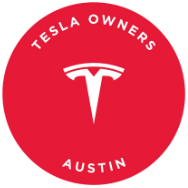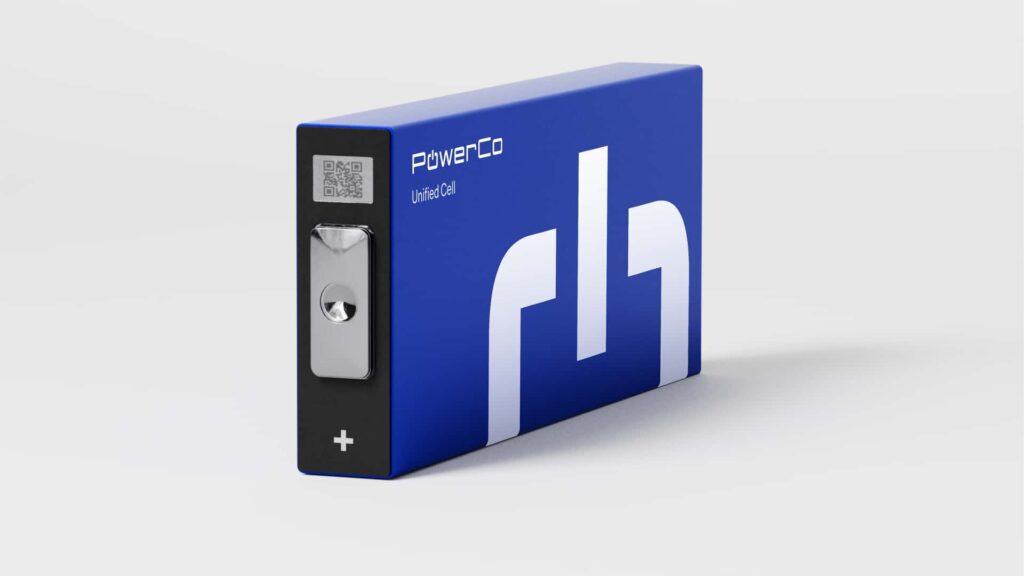Volkswagen Group Unveils Unified Battery Cell at IAA Munich
This week at IAA Munich, the Volkswagen Group revealed its latest innovation in the form of a “unified” battery cell. Developed by VW subsidiary PowerCo, the prismatic cell is set to make its debut in the automaker’s upcoming line of affordable EVs scheduled for launch in 2026. The goal behind this unified cell is to create a standardized component that can be utilized across all of VW’s brands, from Volkswagen to Porsche, and adapted to various battery chemistries including LFP, sodium-ion, and solid-state.
The development of this standardized battery cell marks a significant milestone in Volkswagen’s efforts to streamline its electric vehicle production and achieve economies of scale in the highly competitive EV market. With most manufacturers struggling to turn a profit due to high battery costs and limited production scale, Volkswagen aims to gain a competitive edge by standardizing its battery technology.
At IAA Munich, VW executives emphasized the importance of this unified cell in enabling the company to meet stringent emissions regulations in Europe and fend off competition from Chinese EV manufacturers. By implementing a standardized battery cell across its entire electric portfolio, Volkswagen hopes to reduce costs, increase efficiency, and improve the overall performance of its EVs.
The prismatic cell developed by PowerCo is set to enter series production at VW’s factory in Salzgitter, Germany, with plans to expand production to facilities in Spain and Canada by 2026 and 2027, respectively. This cell will power a majority of VW Group’s EV models by 2030, with adaptations for different vehicle sizes and architectures.
One of the key advantages of the unified cell is its ability to accommodate various battery chemistries, starting with NMC and expanding to include LFP, sodium-ion, and solid-state technologies. This flexibility allows VW to optimize the performance of its EVs while keeping costs in check. Additionally, the cell-to-pack design eliminates the need for separate battery modules, reducing weight and complexity in the vehicle’s battery pack.
Volkswagen’s unified prismatic cells will not only be used in its electric vehicles but also in stationary energy storage solutions developed by Elli, the company’s energy storage subsidiary. With plans to collaborate with suppliers such as Gotion, CATL, Samsung SDI, and LG Energy Solution, VW aims to leverage external expertise to scale up production and meet the growing demand for electric vehicles and energy storage solutions.
In conclusion, Volkswagen’s unveiling of the unified battery cell at IAA Munich signals a significant step forward in the company’s electrification strategy. By standardizing its battery technology and adapting to different chemistries, VW is positioning itself as a leader in the EV market and paving the way for a more sustainable future in transportation.

